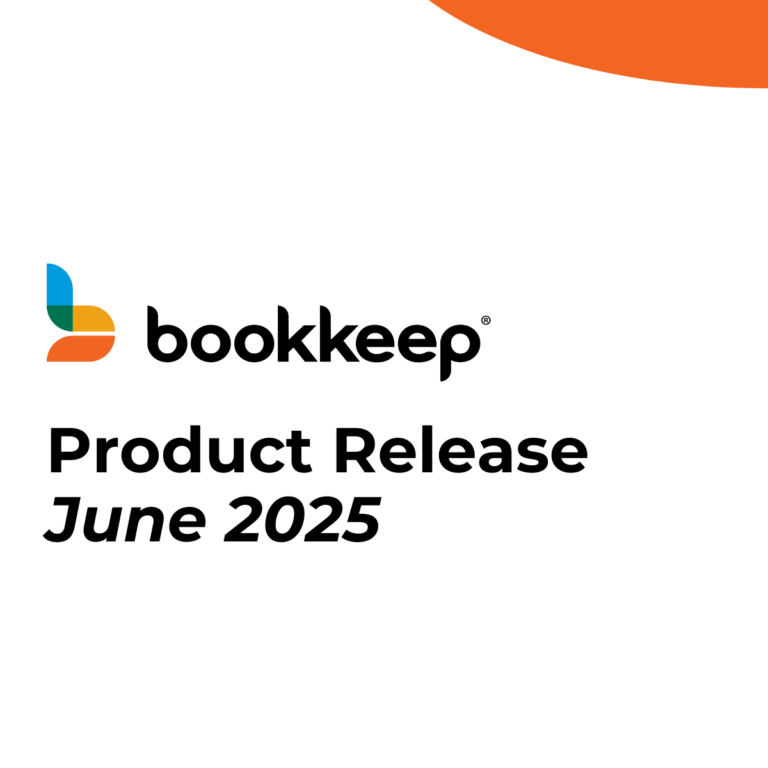It’s the end of the year! It’s time to close the books. One of the last things most people think about is sales tax… if they have not participated in an expensive sales tax audit. In case you missed it, this week we (The Sales Tax Sisters) presented a webinar on Insightful Accountant, sponsored by Bookkeep, called Don’t Forget Sales Tax During the Yearly Close! You can view the recording here.
If you have not participated in an audit, congratulations! An ounce of prevention is worth more than a pound of cure. Here are a few year-end tips.
- Sales and use taxes are about the state getting paid. When an audit occurs, the books are reviewed to make sure the tax authority receives all the money due from both your sales and your purchases. Depending on the nature of your business, the state tax authority should receive money when you make taxable sales and when you purchase items or services subject to tax.
- All your records should be telling the same story. Ensure that the sales levels reported via the sales tax reports reflect the level of sales seen on other filings, such as the federal income tax return. There are valid reasons why these sales figures may not match, such as sales to other jurisdictions, etc. If there are discrepancies, make sure you can explain the differences.
- Garbage in—garbage out is a THING. The summary documents used to calculate the sales and use tax returns are the culmination of the data captured by the accounting system and various mechanisms used to record sales. If you use accounting automation from the source to the accounting platform, make sure they are set up correctly. If the summary documents and reports do not tell the same story, the next step is to drill down to the detailed records in the source documents. Source documents include invoices, contracts, purchase orders, etc. If you do not review your automated systems monthly, check it now or schedule a periodic review.
- Sales tax collections. Make sure that ALL reports show that all sales tax collections have been remitted to the appropriate state tax authority. If any discounts are taken, document them thoroughly. Ensure the sales tax accrual account interacts appropriately with the sales accounts and that the taxes collected are being remitted. The failure to pay sales or use tax that has been collected is a fraud. Reconcile the account. It is common for sales and use tax to be underreported.
NOTE: If you do not review source documents, a good tip is to make it clear to the client. Most accountants have language that informs clients if they are only compiling information that has been provided. If you are not performing an audit, i.e., an attest engagement, make it clear to the client. It is essential to manage expectations. - Understand journal entries. Do not blindly make adjusting journal entries. When adjusting journal entries impact key accounts that typically reflect taxable transactions, you must be able to explain why an entry was made. If the presumption is the entry reflects a taxable transaction, it will be treated that way until it is proven to be nontaxable. Depending on the account and law of the jurisdiction, that burden may rest with you, i.e., the taxpayer, to verify the taxable nature of adjustments to the account(s). Document the reasons for journal entries fully because people working on the account this year may not be affiliated with the company three years from now. Staff moves on. Third-party service providers change. It is best to document things in real-time.
- Keep the receipts. When compiling information for the depreciation schedules on the federal income tax return, ensure the client has receipts for purchases that occur within the statute of limitations. The receipts should show sales or use tax paid, assuming the purchase is taxable. If the receipts do not show the appropriate sales or use tax was collected by the vendor, confirm it was remitted via the “Taxable Purchases” section of the client’s sales and use tax return. If a purchase is not taxable, make sure all documents lead to that conclusion. Being vague when claiming an exemption is not prudent.
- Beware materiality thresholds. Do not underestimate the value of having the receipts associated with small-value items. Review both credit card statements and expense reports. During an audit, the inability to produce a receipt associated with a small amount of tax can be costly if an auditor uses a sample and projection to capture underpaid taxes. Again, the level of review depends on the scope of the engagement.
In summary, when reviewing transactions at the end of the year, remember to consider sales tax ramifications. Make sure the sales levels are uniform or reconciled. Document the reasons for adjusting journal entries fully. Retain purchase invoices associated with big-ticket items. Confirm that sales or use tax was paid to the vendor. If tax was not charged, know the reason it was not due. If tax is due, confirm the appropriate use tax was accrued and remitted via the sales and use tax return (or equivalent report). Lastly, keep all the documentation for the statute of limitations. For sales tax purposes, the statute of limitations is typically three to four years, absent a finding of fraud. If a tax authority ever audits the records, you will be glad you added this added level of review to your service.




